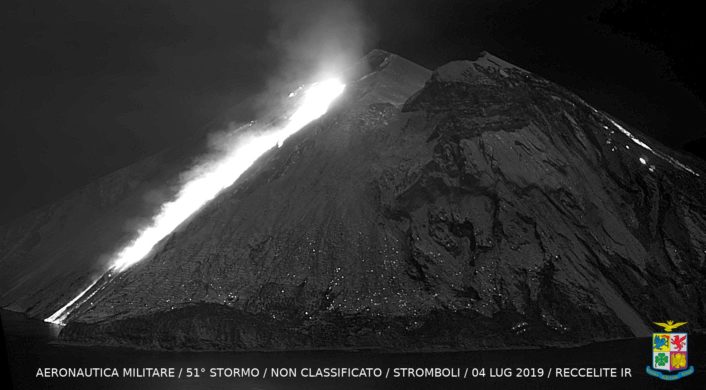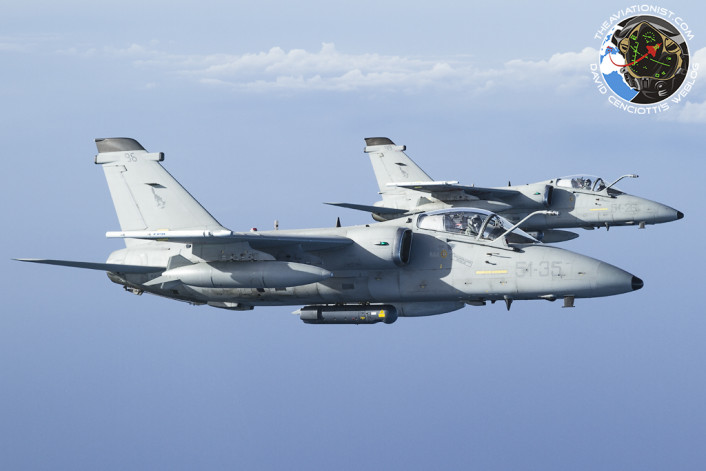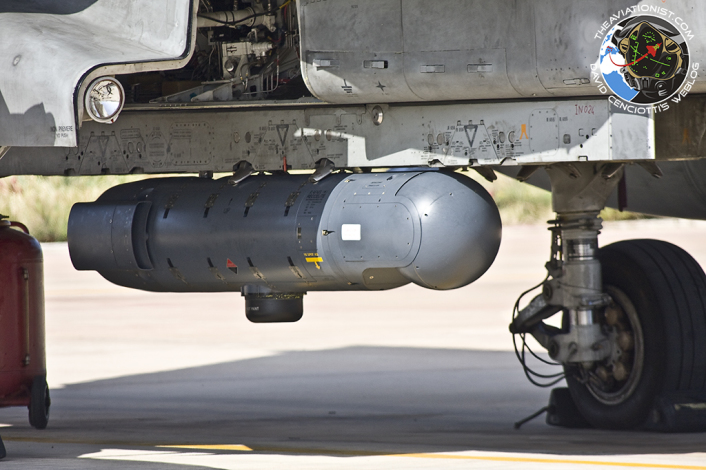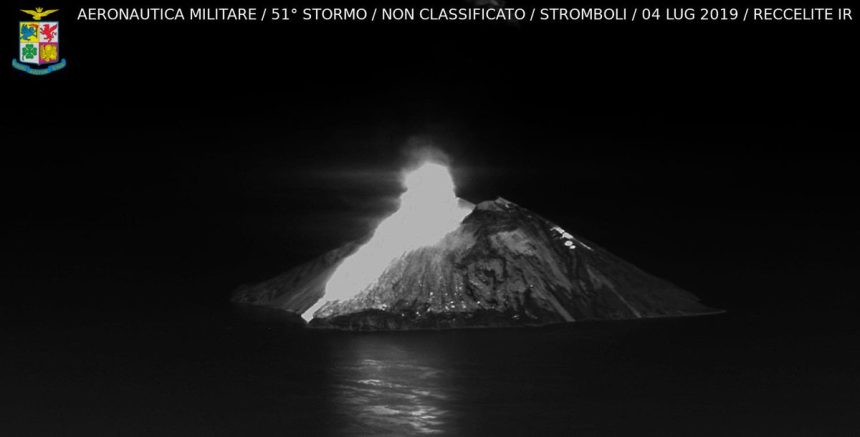Take a look at the volcano on the Italian island of Stromboli through the eye of a RecceLite reconnaissance pod.
A hiker was killed when the volcano erupted on the small island of Stromboli, in the Tyrrhenian Sea, on Jul. 3, 2019.
In the aftermath of the eruption, the Italian Air Force has dispatched AMX Ghibli jets to perform reconnaissance runs over the island located off the north coast of Sicily, and gather imagery that can be used by the rescuers.
The aircraft, belonging to 132° Gruppo (Squadron) of the 51° Stormo (Wing), based at Istrana Air Base, in northeastern Italy, carried out the task with the Rafael RecceLite reconnaissance pod: the Reccelite is a Day/Night electro-optical pod able to provide real-time imagery collection. It is made of a stabilized turret, solid-state on board recorder that provides image collections in all directions, from high, medium and low altitudes.

The Reccelite reconnaissance pod is used to broadcast live video imagery via datalink to ground stations and to ROVER (Remote Operations Video Enhanced Receiver) tactical receivers in a range of about 100 miles.

The pod can also be carried by the ItAF Tornado IDS and the Eurofighter Typhoon jets: while the Tornados have used the pod in combat not only in Afghanistan, but also in Libya and more recently in Kuwait, the F-2000s are using the RecceLite to support the multinational campaign against Daesh in Iraq and Syria as part of “Prima Parthica”, as the Italian Armed Forces operation is dubbed at national level, from Ahmed Al Jaber airbase, Kuwait.

It is not the first time Italian attack planes are requested by other national agencies to perform reconnaissance missions: for instance, in the aftermath of the 6.0 earthquake that hit central Italy on Aug. 24, 2016, causing about 300 deaths, ItAF Tornado aircraft of the 6° Stormo from Ghedi, supported the relief operations collecting imagery used to map the damages to Amatrice and the nearby villages.









